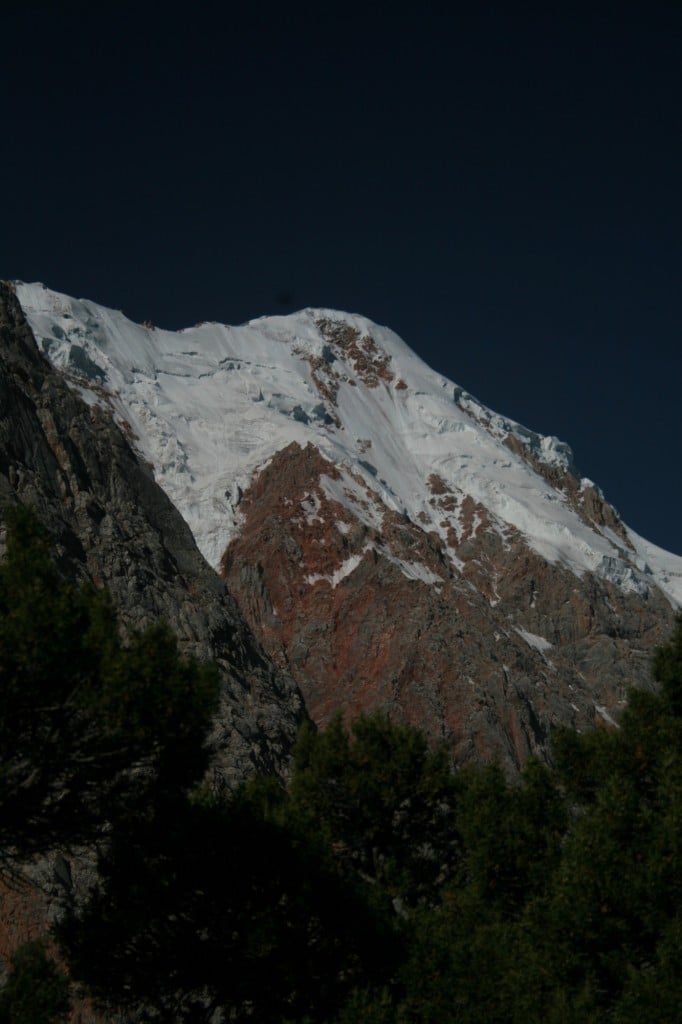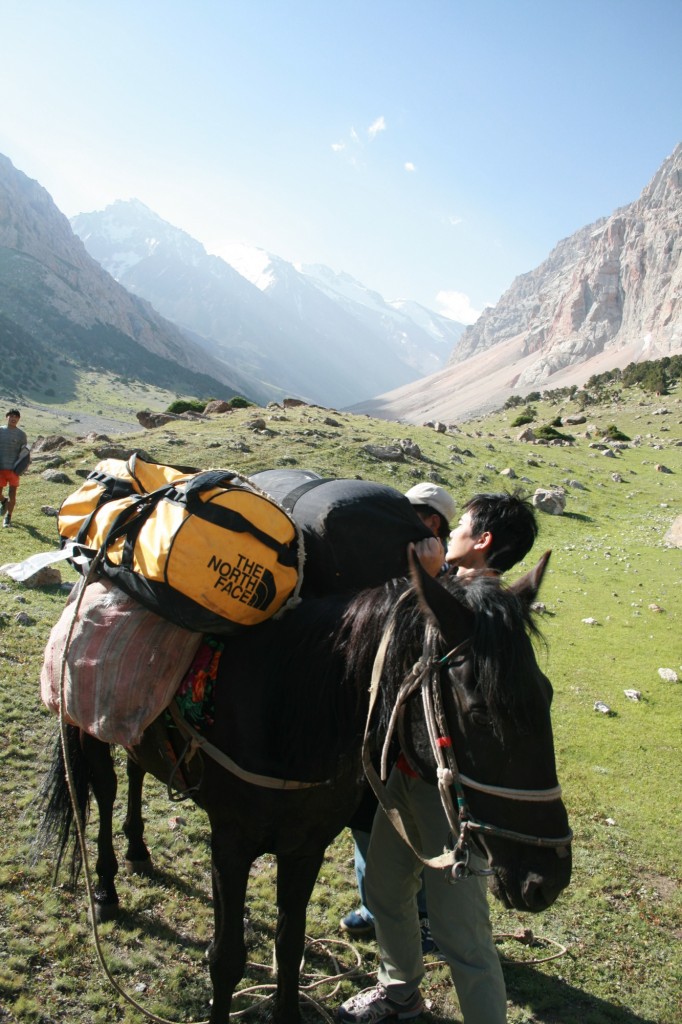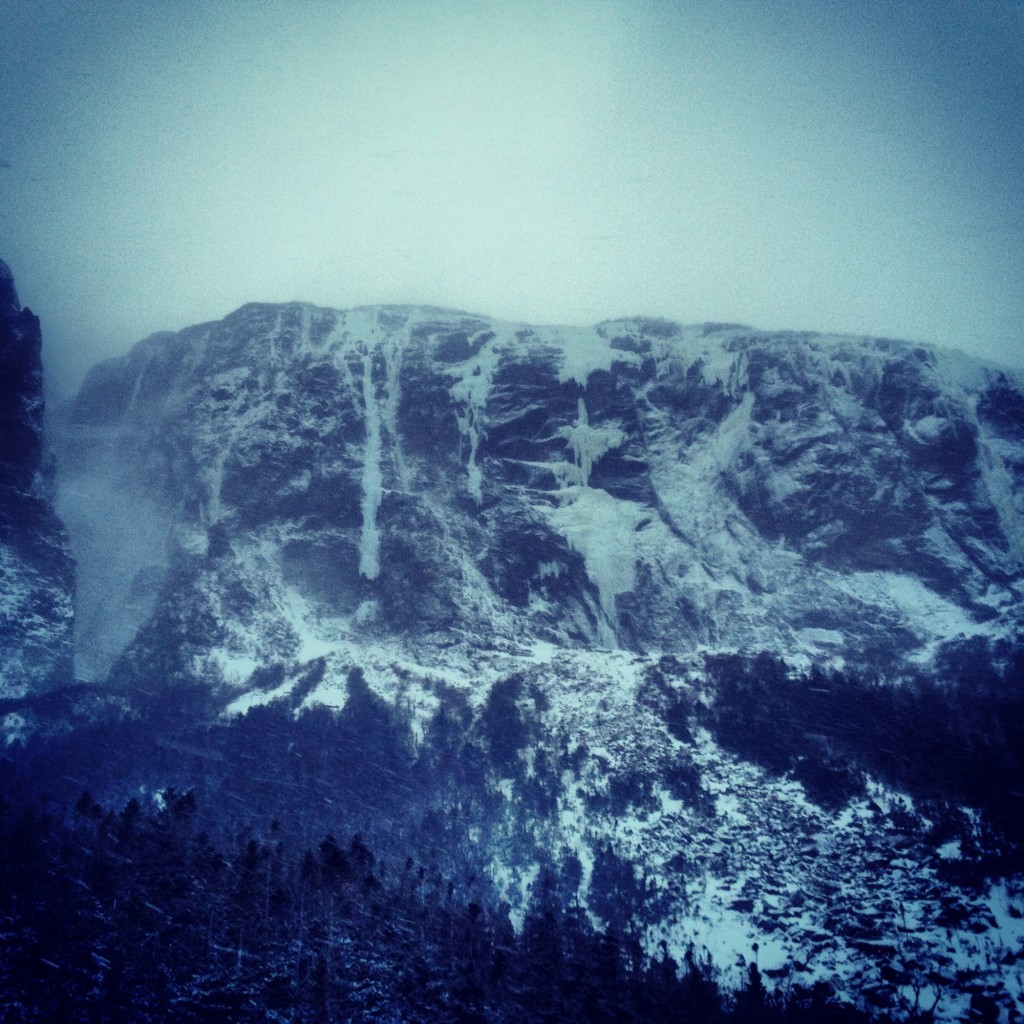Finding Your Own Adventure: How to Research and Plan a Climbing Expedition

Story and Photos by Graham Zimmerman
Climbing Research
As climbers, we each have a personal grail; our favorite and most motivating reason to get out to the hills and crags to try hard. The lack of a rule book in climbing allows us to define this as we please, which is certainly a wonderful element of what we do. Whether we’re into bouldering, sport climbing, walling or alpinism, if we like to climb in established areas or explore well-known classic terrain, or if we like to push ourselves to redline as much as possible, or just get out and have a good ole time grabbing jugs and making hand jams, it is all up to us. We can choose as we please.
Personally, I love exploring new alpine zones for high end technical routes. This is not to say that I don’t love climbing classics in Yosemite or in the Cascades. But what drives me to train and work hard is new steep ground in rarely visited zones. It is challenging, it is wild and I think it is a hell of a good time.
Outside of the challenge of getting to these areas with all your stuff and actually getting some climbing done, there is the challenge of finding and researching these zones.
Here is some basic methodology and resources:
Step one: Finding the objective or area
Keep your ear to the ground. The resources available to us these days are huge, from mountainproject to summitpost, to the American Alpine Journal to your Instagram feed. Keep an eye out for that objective that really draws you in and makes you want to explore.
I think a great piece of advice is to visit known areas and look in the margins. When I first started going to Alaska I went to well-traveled areas where access was easy and I was able to research the completed objectives easily. As I gained an understanding of the terrain there, I have been able discover and research lesser-known zones. There is nothing better than your own eyes on the terrain to find the hidden gems, whether in the greater ranges or in your backyard.
Step two: Research what has been done
The American Alpine Journal has an amazing online database that goes back to 1929. The Index lists all the peaks and authors in all of those journals. It is pretty unreal and a great way to waste away hours digging though wild stories and researching sick objectives.
It can be extremely helpful if you can get in touch with folks who have been in or near areas you are trying to reach. Getting in touch with folks is not always as hard as it may seem, and is certainly worth an attempt. That’s one great thing about our climbing community – it tends to be small and tight-knit.
Below is the link to the Journal:
http://aaj.americanalpineclub.org/
Other resources worth checking out are:
The Himalayan Index
http://www.alpine-club.org.uk/hi/
The Climb Archives (look at the mountain info tab, free membership needed)
http://www.climbmagazine.com/archives

Step three: Getting there
Much of this beta can be gleaned from looking at the research on what’s been done in an area or on a face. But sometimes this info is not available, which can make for some truly real adventures. Pull out the maps and figure out where you can access and how you’re going to cover the necessary terrain.
Where you can access is super dependent on where you are looking. If you’re in AK, then you’re often times talking to pilots and seeing where they can drop you off. In Asia you’re talking to fixers who can dial you in to the guides and porters who will get you there. In the lower 48 you’re usually just looking for the nearest road.
Today, many of the great unclimbed objectives are deeper and harder to get to than they have been in the past. The low hanging fruit has been plucked. With an ever increasing human footprint, these places are that much more precious.
Go find them, enjoy them, respect them and send!

Final Note:
This last winter I had the opportunity to climb ice on the island of New Foundland. While it is a zone with little published information, it is known that almost all of the routes there have been climbed. What this creates is an amazing area in which the adventure of exploration is preserved for everyone. We were able to get beta on what town to stay in and what valley to rally into, but beyond that we went in blind. We climbed on some amazing, huge, steep ice over a massive frozen fiord. We dealt with the intimidation of the unknown, but were totally released of the egotistical goal associated with making FA’s. And while I certainly love going into both new and old zones to make first ascents, this trip to Newfie had a refreshing clarity that made it one of the best climbing trips I have ever partaken in.
It may be a little manufactured, but this adventure by lack of information can still be an amazing experience and highly worthwhile. It can truly be emulated anywhere, by simply not looking at the beta. Imagine walking into the North Cascades with no prior knowledge and climbing the obvious beautiful features truly onsight.
Now doesn’t that sound like an adventure?

Graham is totally crazy about alpinism and the experiences, challenges and relationships that come from it. His focus on the mountains has taken him on expeditions from Alaska to Patagonia, to Kyrgyzstan and all over the lower 48 and Canada, where he has opened many new routes on rock, ice and snow.
